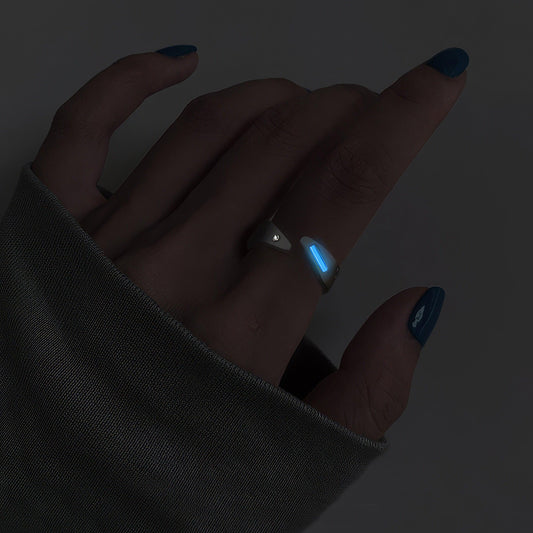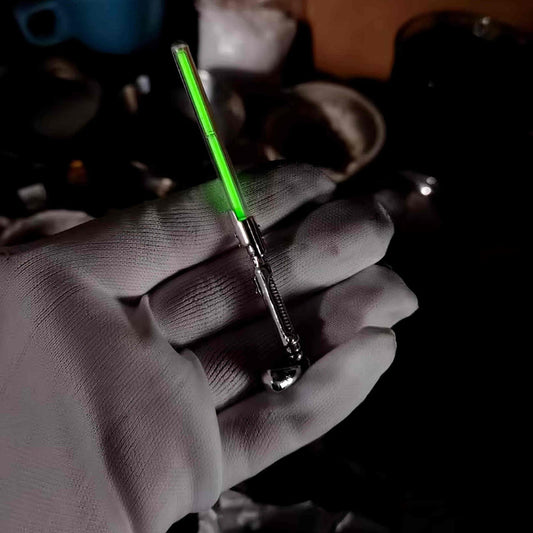The Subtle Language of Finger Rings What Your Jewelry Says Without Words
The Subtle Language of Finger Rings What Your Jewelry Says Without Words
We often speak without voices, our choices broadcasting who we are in a silent yet eloquent dialogue. Consider the rings on our fingers; each one carries a story, a statement, an unspoken truth. In the world of Western jewelry, the significance of a ring extends beyond mere adornment. It becomes an emblem of identity, a whisper of tradition, or perhaps a shout of rebellion.
The left hand, particularly the fourth finger, is most well-known for its association with love and commitment. The tradition of the wedding or engagement ring finger dates back centuries, rooted in the belief that a vein runs directly from that digit to the heart. Yet, culturally, this is not the only conversation started by a ring. I remember a visit to a small antique market in Brighton, where a jeweler explained that in Victorian times, men would wear a pinky ring to signify their wealth—an understated sign of affluence when overt displays were considered poor taste.
Moving to the right hand, rings take on a variety of meanings that go beyond the romantic or matrimonial. For instance, a ring on the right index finger is a lesser-known practice of royal families, a subtle herald of authority. I once met a professor at a university symposium who wore a striking silver band on his right thumb. When I asked about it, he smiled and said it was his "thinking ring," a gift from his wife to commemorate his first published book. It’s a beautiful reminder that rings can also serve as personal milestones.
The choice of material can also tell its own story. Gold remains a stalwart of tradition, but in recent years, alternative materials like titanium and tungsten have surged in popularity, favored for their sleek look and resilience. This shift towards unconventional materials speaks to a larger trend—one where individuality trumps convention. When a friend of mine chose a titanium ring for her wedding band, she explained it was because it represented her relationship—strong and unbreakable.
In the end, the ring on your finger might be a historical memento, a mark of a life event, or simply a piece that caught your eye one day in a shop window. Whatever the story, it is uniquely yours, a part of the rich tapestry of silent communication that makes us who we are. So the next time you glance down at that small circle of metal, remember: you’re wearing more than just a ring. You’re wearing a piece of your narrative.



























